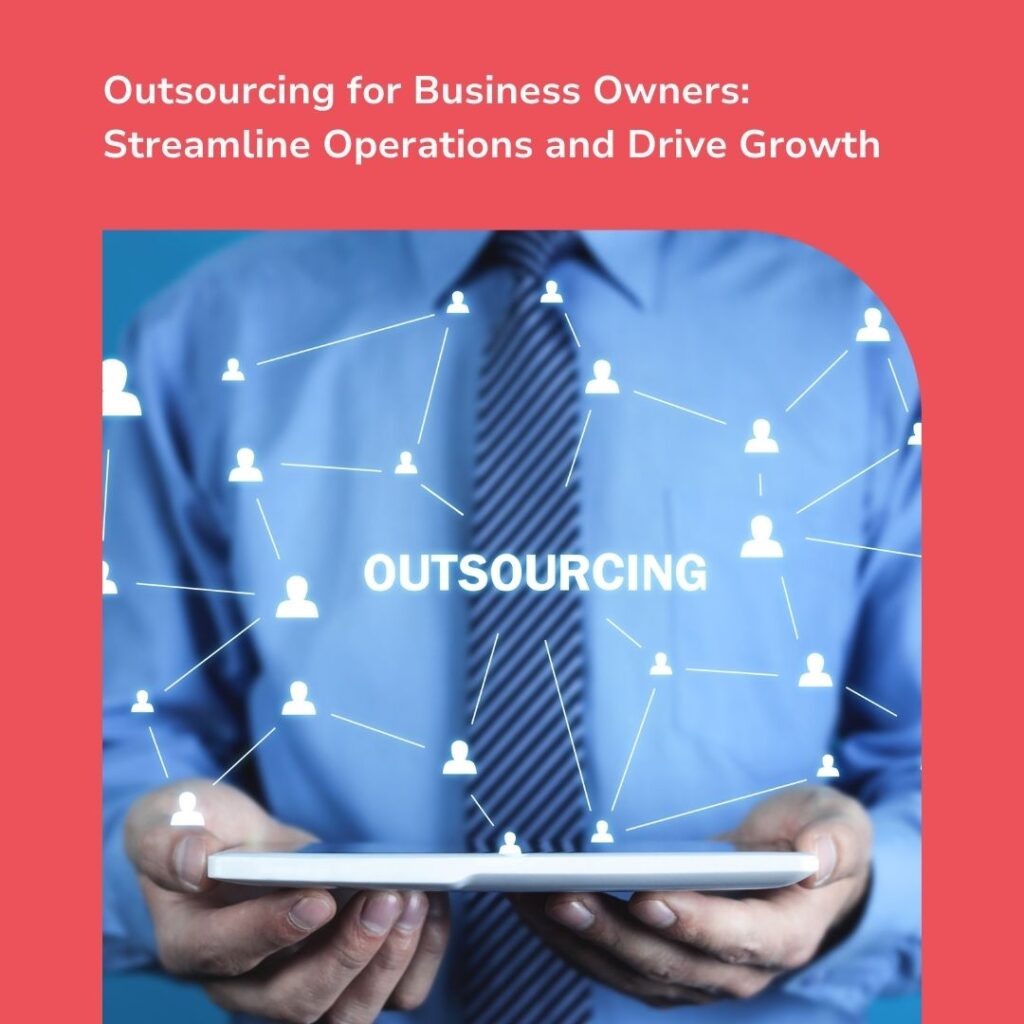In today’s hyper-competitive business landscape, customer loyalty is the Holy Grail. It’s not just about attracting new customers; it’s about keeping them coming back for more.
The key to achieving this coveted goal lies in creating experiences that resonate with your audience, so in this feature, we will explore the strategies and principles behind crafting unforgettable customer experiences that breed loyalty.
Understanding the Loyalty Landscape
Before delving into the nuts and bolts of creating memorable experiences, it’s essential to grasp the evolving landscape of customer loyalty.
Loyalty in the Digital Age
The digital revolution has transformed the way businesses interact with their customers. With the rise of e-commerce, social media, and data analytics, customers have more choices and higher expectations than ever before.
Therefore, loyalty is no longer just about points and rewards; it’s about a deeper emotional connection.
In the present time, it’s the norm for customers to be bombarded with choices. Standing out requires more than just offering a quality product or service; it demands delivering a consistent and exceptional experience across every interaction point.
The Cost of Loyalty
Research consistently shows that acquiring a new customer can cost up to five times more than retaining an existing one.
Moreover, loyal customers tend to spend more and become brand advocates, attracting others to your business. This highlights the financial significance of building and maintaining customer loyalty.
Building Blocks of Memorable Experiences
Now that we’ve established the importance of customer loyalty, let’s explore how to create experiences that leave a lasting impression.
Personalisation: Beyond the First Name
Personalisation has become the cornerstone of modern customer experiences. However, it’s not limited to addressing customers by their first names. It’s about understanding their preferences, behaviours, and needs.
Data-Driven Insights: Harness the power of data analytics to gain insights into your customers’ preferences. Analyse their past purchases, online behaviour, and feedback to tailor your offerings.
Segmentation: Categorise your customers into segments based on shared characteristics or behaviours. This allows you to customise marketing efforts and product recommendations.
Personalisation is a powerful tool for creating relevance in the customer’s mind. By showing that you understand and care about their individual needs, you continually build trust and foster loyalty.
Seamless Omnichannel Experience
Today’s customers expect a consistent experience across all touchpoints, whether they are shopping online, in-store, or interacting with your brand on social media.
Unified Customer Data: Invest in technology that centralises customer data to ensure a seamless transition from one channel to another. This prevents customers from having to repeat themselves.
Responsive Design: Ensure that your website and mobile apps are optimised for various devices to provide a smooth browsing and shopping experience.
An omnichannel approach eliminates friction from the customer journey, making it easy for them to engage with your brand on their terms.
Exceptional Customer Service
Outstanding customer service is a timeless pillar of loyalty. It’s about going above and beyond to meet and exceed customer expectations.
Empowered Employees: Equip your employees with the knowledge and authority to resolve customer issues promptly. Empower them to make decisions that prioritise customer satisfaction.
Proactive Engagement: Anticipate customer needs and reach out to them before they even have to ask. This can be as simple as sending a personalised follow-up email after a purchase.
Customer service is often the frontline of your brand’s image. A single exceptional experience can leave a lasting positive impression.
Emotional Connection: The Heart of Loyalty
Creating loyalty is not just about satisfying rational needs; it’s about forging an emotional bond. Customers should feel a sense of belonging and attachment to your brand.
Storytelling
Storytelling is a powerful tool to convey your brand’s values and mission, making customers feel like they are part of something larger.
Authenticity: Be genuine in your storytelling. Share your brand’s journey, struggles, and triumphs. Customers always appreciate authenticity.
Customer-Centric Stories: Highlight customer success stories and testimonials. This demonstrates that you care about your customers’ experiences.
Effective storytelling helps customers connect with your brand on a deeper level. It humanises your business and makes it relatable.
Surprise and Delight
Surprising customers with unexpected gestures or perks can create a positive emotional response that lingers.
Random Acts of Kindness: Send handwritten thank-you notes, offer surprise discounts, or provide freebies with orders. These small acts can have a big impact.
Exclusivity: Create a loyalty program with tiers that offer exclusive benefits to your most loyal customers. The feeling of exclusivity can foster a deeper connection.
Surprise and delight initiatives add an element of fun and excitement to the customer experience, turning routine transactions into memorable moments.
Measuring and Adapting
Creating memorable experiences is an ongoing process. To ensure that your efforts are paying off and continuously improving, you need to measure their impact and adapt as needed.
Key Performance Indicators (KPIs)
Identify and track KPIs that directly reflect the success of your loyalty-building efforts.
Customer Retention Rate: Measure the percentage of customers who continue to do business with you over time.
Net Promoter Score (NPS): Gauge the likelihood of customers to recommend your brand to others.
Customer Lifetime Value (CLV): Calculate how much revenue you can expect from a single customer throughout their relationship with your brand.
Customer Feedback: Don’t overlook the importance of direct feedback from your customers. Surveys, reviews, and social media comments can provide invaluable insights.
Continuous Improvement: Use the data and feedback you collect to iterate and improve your customer experience strategy continually. Consider conducting regular customer journey mapping exercises to identify pain points and opportunities for enhancement.
Case Studies: Success Stories
Let’s explore a few real-life examples of businesses that have mastered the art of creating experiences that drive customer loyalty.
Apple: The Cult of Customer Experience
Apple‘s sleek products are just one part of its appeal. The company’s retail stores are designed to provide a welcoming and immersive experience, from the iconic glass staircases to the knowledgeable and friendly staff.
What’s more, Apple fosters a sense of community among its customers, turning them into lifelong brand advocates.
Starbucks: Personalisation at Scale
Starbucks leverages customer data to offer highly personalised recommendations through its mobile app.
By remembering favourite drinks and offering rewards, Starbucks creates a sense of belonging and appreciation among its customers.
Conclusion
In today’s competitive marketplace, customer loyalty is a precious commodity. Creating experiences that drive customer loyalty requires a holistic approach that encompasses personalisation, seamless omnichannel experiences, exceptional customer service, emotional connection, and ongoing measurement and adaptation.
By mastering these strategies, your business can forge deep and lasting bonds with its customers, ensuring their loyalty for years to come. Remember, customer loyalty is not just a destination; it’s an ongoing journey of engagement and connection.
Therefore, by continuously investing in the building and nurturing of these relationships, you’ll reap the rewards of customer loyalty that stand the test of time.









